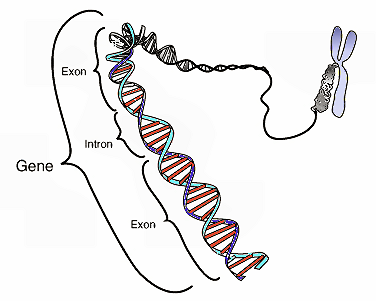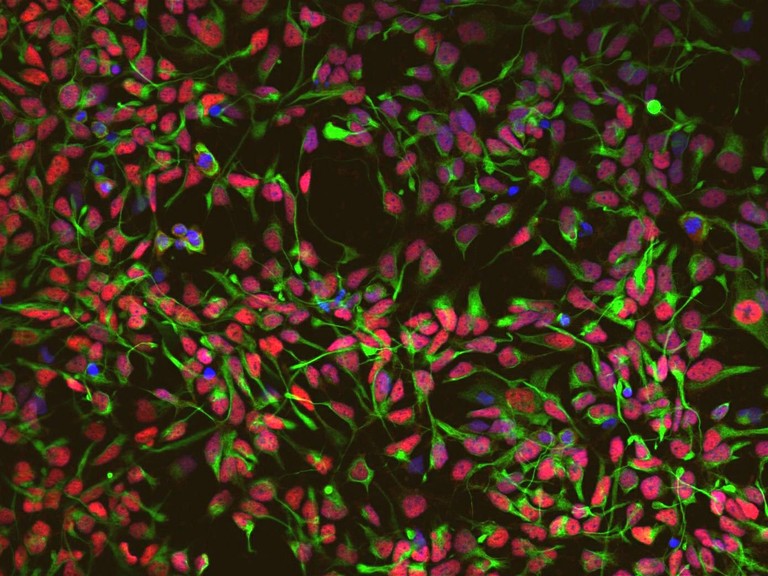Study reveals the way CRISPR/Cas9 cleaves enzymes and positions them for cutting
Original published on Phys.org
 (Phys.org)—A team of researchers with the University of California has learned more about the process that is involved during CRISPR/Cas9 gene splicing by using a crystallization technique to get a closer look. In their paper published in the journal Science, the team describes their study of the way three-stranded structures known as R-loops are formed during the technique and how they used a familiar technique to capture 3D images of the process and what they learned as a result.
(Phys.org)—A team of researchers with the University of California has learned more about the process that is involved during CRISPR/Cas9 gene splicing by using a crystallization technique to get a closer look. In their paper published in the journal Science, the team describes their study of the way three-stranded structures known as R-loops are formed during the technique and how they used a familiar technique to capture 3D images of the process and what they learned as a result.
Over the past three years, the CRISPR/Cas9 gene splicing and editing tool has been used in a variety of experiments to better understand how genes work and to possibly edit them to cure genetic diseases. The technique has been in the news again recently as two parties have claimed to be the original inventors of the technique and the U.S. Patent and Trademark Office has agreed to move forward with interference hearings to decide the case. It is one of those two teams, led by Jennifer Doudna, that has now made clearer the means by which R-loops are formed as part of the technique.
The CRISPR/Cas9 technique, as its name implies, is based on the Cas9 protein and they way it causes R-loops to form, but until now, no one had ever seen it actually do its work. In this new effort, the researchers used a technique that has been used to study proteins before—where a protein under study is caused to grow into a crystal where it is then exposed to x-rays—the diffraction patterns given off offer clues about its structure. In this case the technique was used to allow the researchers to capture 3D images of the Cas9 protein during the moments it was editing a DNA sequence—those images showed the interactions that occurred between the protein and DNA strands that led to the strands bending at a 30° angle, which then caused the DNA and RNA strands to move into a position that led to the formation of an R-loop.
Understanding how and why R-loops form during gene splicing is critical to improving the technique—sometimes mistakes are made, such as identifying and cutting the wrong strand of DNA. It might also help in identifying other proteins that might be used for the same purpose, but under different circumstances.
Read more at: http://phys.org/news/2016-01-reveals-crisprcas9-cleaves-enzymes-positions.html#jCp







